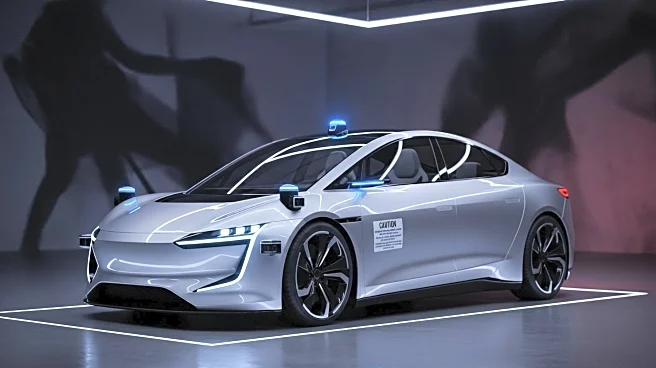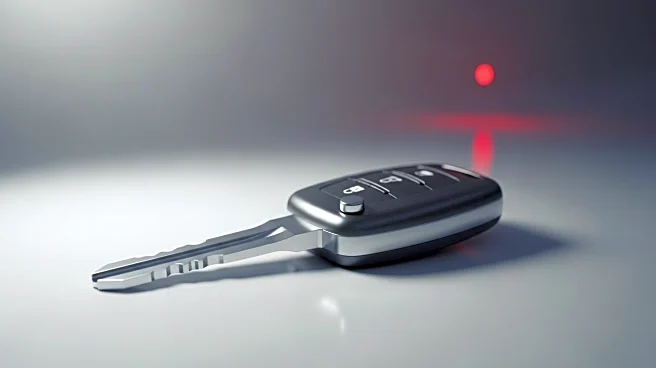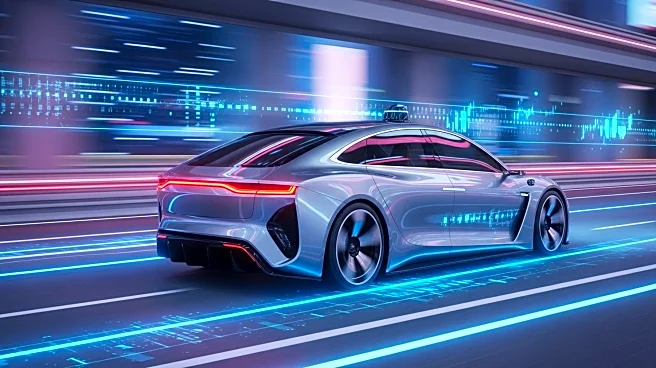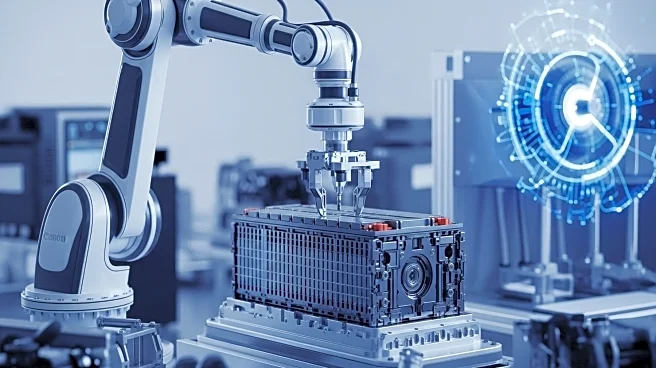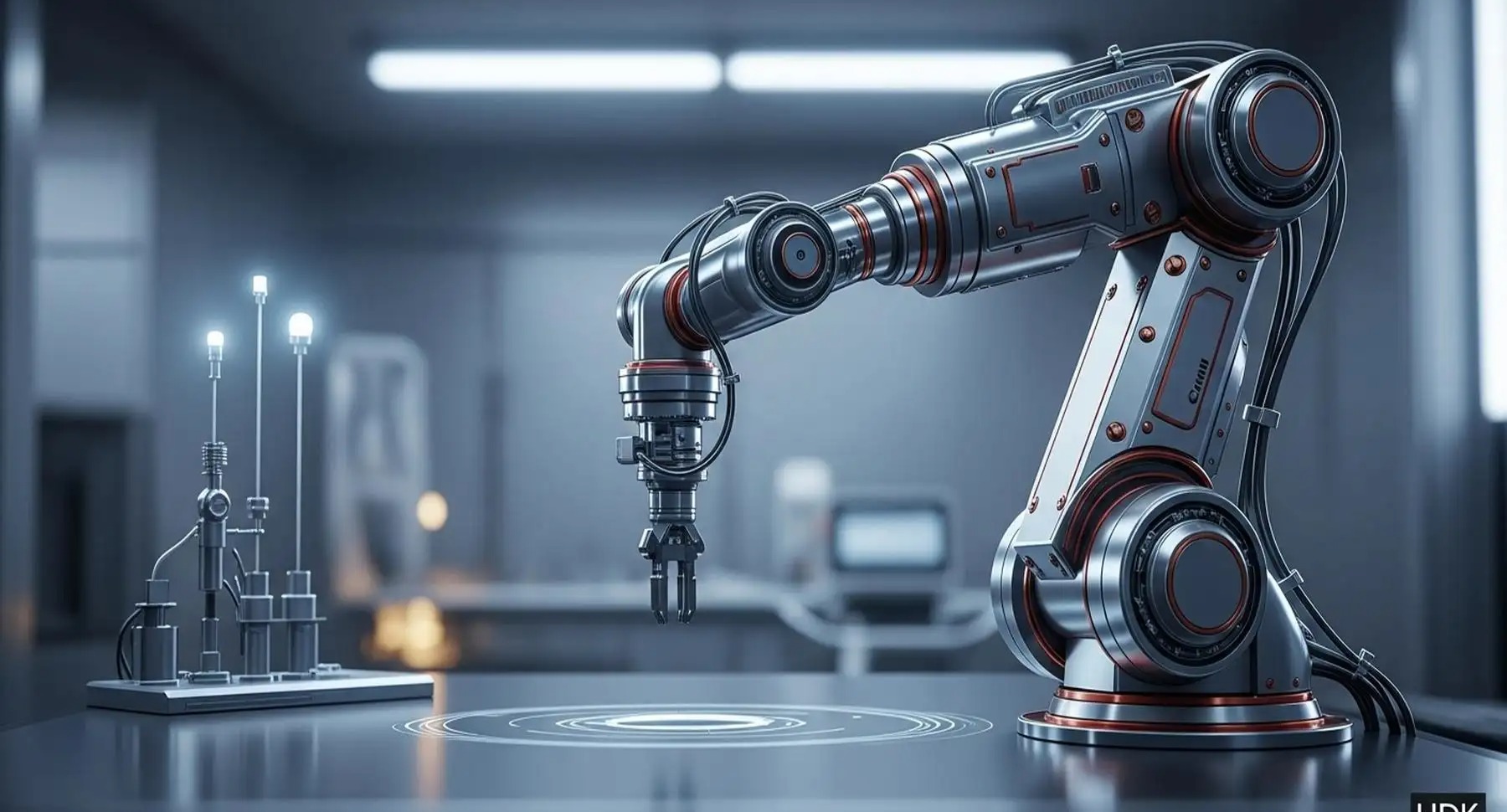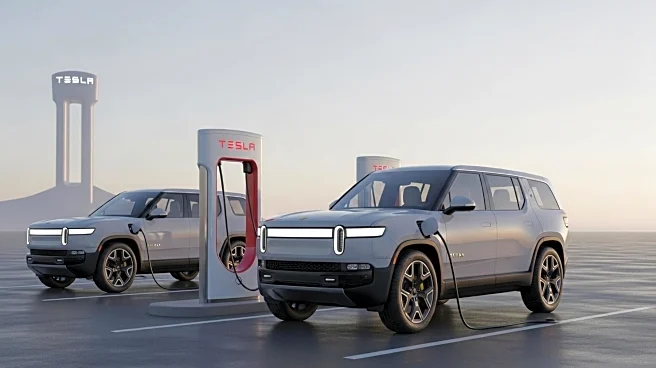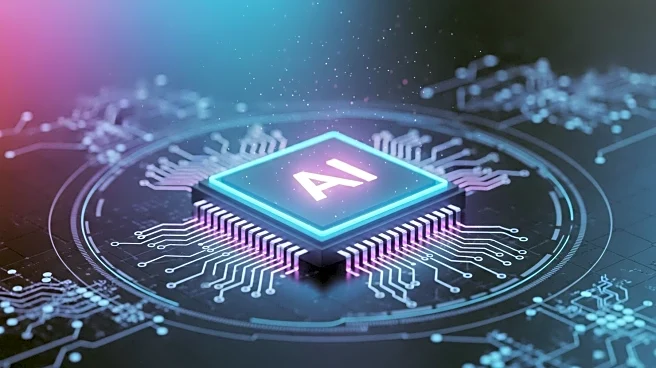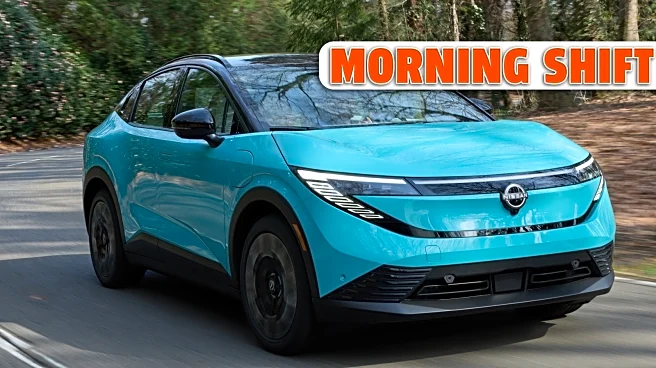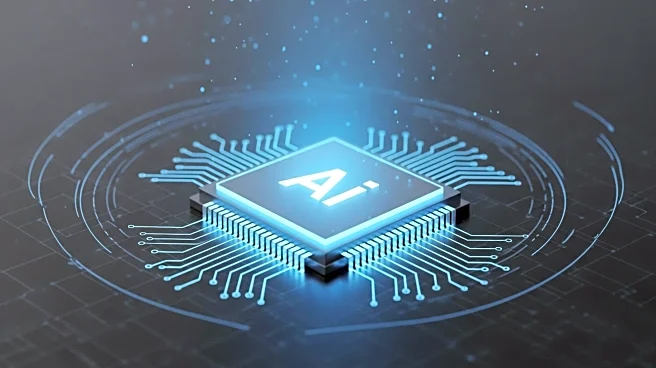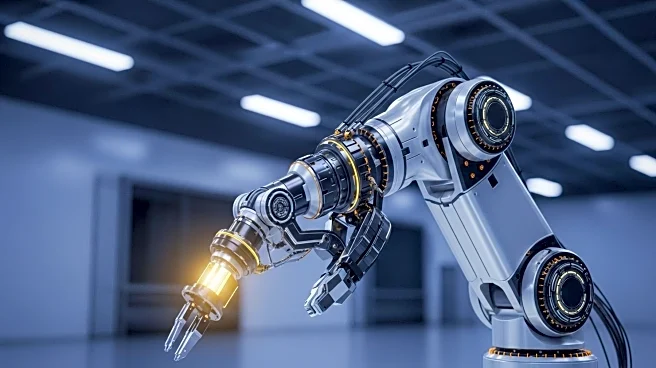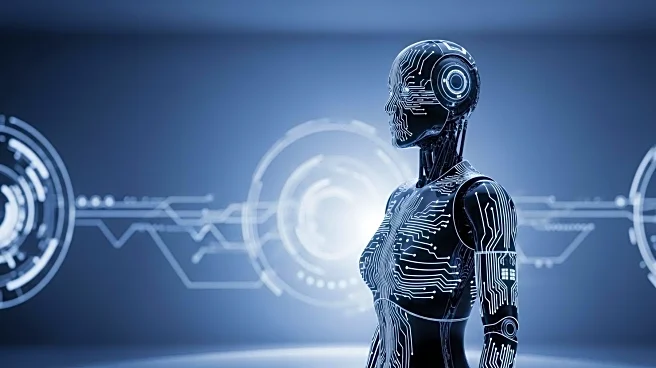What is the story about?
What's Happening?
Recirculate, a project funded by the European Union, has developed an advanced electric vehicle (EV) battery disassembly system utilizing artificial intelligence (AI) and robotics. This innovation aims to address significant challenges in the battery industry, particularly the safe and efficient disassembly of EV batteries. The system operates in two phases: dismantling the battery pack to module level and further to cell level. The project, led by Centria University of Applied Sciences, employs a Kuka KR10 industrial robot equipped with specialized tools and a mobile linear track. This setup allows the robot to autonomously detect, unscrew, and remove components from high-voltage battery packs. The system uses machine learning models to identify and extract critical components, such as screws and wiring, optimizing disassembly strategies. Additionally, a battery identification model has been developed to recognize battery types from manufacturers like Ford and Tesla with near-perfect accuracy, facilitating the automatic selection of disassembly programs.
Why It's Important?
The development of this AI-driven disassembly system is significant for the EV industry, as it addresses a major bottleneck in battery recycling and sustainability. By automating the disassembly process, the system enhances safety and efficiency, potentially reducing costs and environmental impact associated with battery disposal. This innovation supports the transition to a circular battery economy, promoting the reuse and recycling of battery components. Manufacturers like Ford and Tesla stand to benefit from improved battery lifecycle management, which could lead to more sustainable production practices and reduced reliance on raw materials. The system's ability to accurately identify battery types without QR codes or digital passports further streamlines the recycling process, making it more adaptable to various battery designs.
What's Next?
The Recirculate team plans to scale the solution and expand compatibility to other battery types, enhancing its applicability across the EV industry. This involves extending the proprietary training dataset to accommodate a broader range of battery designs. As the system moves from academic research to industrial application, it may attract interest from battery manufacturers and recycling companies seeking efficient disassembly solutions. The project's success could inspire further innovations in battery recycling technology, potentially influencing industry standards and regulatory policies related to battery disposal and recycling.
Beyond the Headlines
The introduction of AI and robotics into battery disassembly raises ethical and legal considerations regarding automation and labor displacement. While the technology enhances efficiency, it may impact jobs traditionally involved in manual disassembly processes. Additionally, the system's reliance on machine learning models necessitates ongoing updates and maintenance to ensure accuracy and adaptability to new battery designs. The project's focus on sustainability aligns with broader environmental goals, potentially influencing public policy and corporate strategies towards greener practices.
AI Generated Content
Do you find this article useful?


